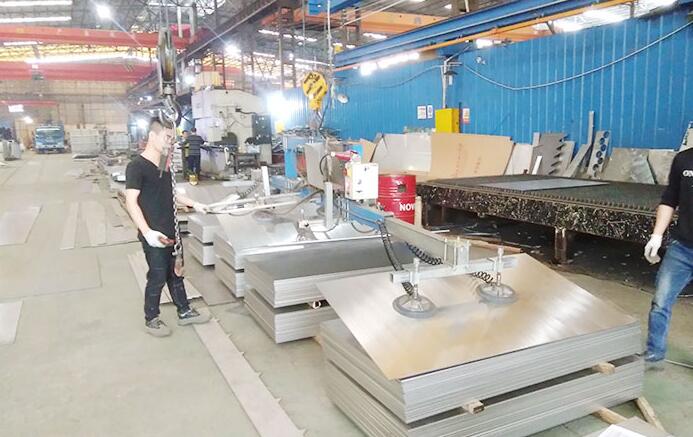Austenitic stainless steel is usually used when selecting stainless steel that must be subjected to a corrosive environment.
Large amounts of nickel and chromium in austenitic stainless steel have excellent mechanical properties and excellent corrosion resistance.
In addition, many austenitic stainless steels are weldable and malleable.
The two more commonly used grades of austenitic stainless steel are 304 and 316.
To help you determine which grade is suitable for your project, this article will study the difference between 304 and 316 stainless steel.

Grade 304 stainless steel is generally considered to be the most common austenitic stainless steel.
It contains a high content of nickel, usually between 8 and 10.5 weight percent, and about 18 to 20 weight percent of chromium.
Other major alloy elements include manganese, silicon and carbon.
The rest of the chemical composition is mainly iron.
High content of chromium and nickel makes 304 stainless steel have excellent corrosion resistance.
● Appliances such as refrigerators and dishwashers.
● Commercial food processing equipment.
● Fastener.
● Pipeline.
● Heat exchanger.
● The structure of standard carbon steel will be corroded in the environment.
Similar to 304, 316 grade stainless steel contains large amounts of chromium and nickel.
316 also contains silicon, manganese and carbon, most of which is iron.
The main difference between 304 and 316 stainless steel lies in its chemical composition. 316 contains a large amount of molybdenum; it is usually 2 to 3% (by weight), while 304 contains only trace amounts.
The higher molybdenum content leads to the higher corrosion resistance of grade 316.
When selecting austenitic stainless steel for marine applications, 316 stainless steel is generally considered to be one of the most suitable choices.
● Chemical processing and storage equipment.
● Oil refining equipment.
● Medical equipment.
● Marine environment, especially in the presence of chloride.
The application requires excellent formability.
The higher molybdenum content in Grade 316 will have an adverse effect on the formability.
There is a cost problem with the application.
Level 304 is usually more affordable than level 316.
The environment contains a large number of corrosive elements.
The material will be placed underwater or continuously exposed to water.
In applications that require higher strength and hardness.